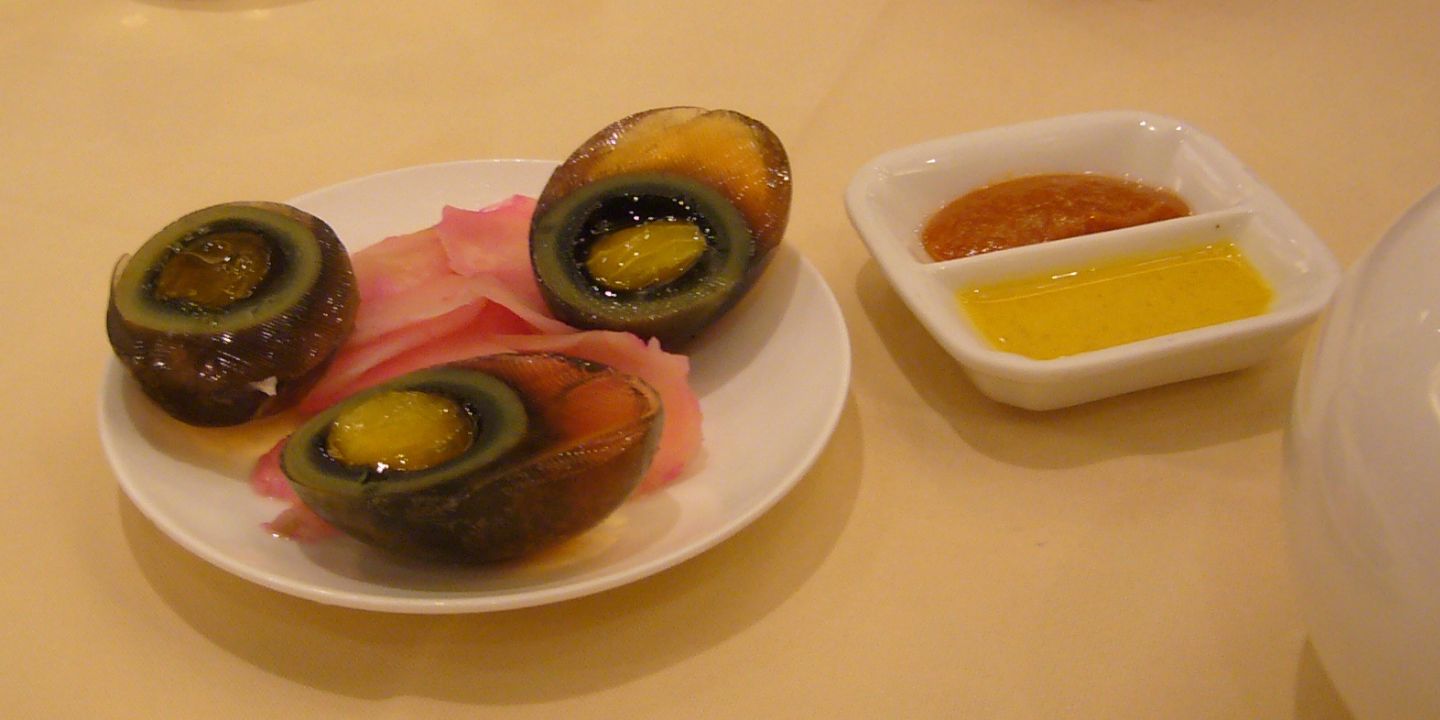You can probably name several chain restaurants off the top of your head, like Applebee's, Olive Garden, and The Cheesecake Factory. These spots are especially convenient because of the number of locations they have, their familiar menus, and affordable prices.
However, just because you've grown used to visiting chain restaurants doesn't mean you should let your guard down. Not all locations offer the same quality and service, and not every chain restaurant you visit is going to be worth dining at. So to help you avoid the bad ones, we've listed five major red flags you should always keep an eye on. You deserve only the best restaurant experiences!
Poor Cleanliness
If you're able to keep your own kitchen spick and span, that should be the bare minimum for restaurants. No one wants to eat in a dirty environment, so if you're immediately seated at a table where the counter hasn't been wiped and the seat feels sticky, it's time to get up and leave.
It's not just about feeling grossed out, but it's about your well-being, too. If the dining area is already this poorly managed, what can you expect from the kitchen where they're making your food? If anything, chain restaurants have a reputation to uphold, so if you're at a location that's ignoring the basics, that's just a major red flag you don't want to ignore.
Overly Extensive Menus
Yes, we love having options, but having too many can often backfire when it comes to restaurant menus. Because if you're at a sushi restaurant that's also serving fried chicken, tacos, and pho, something's not adding up. Not focusing on specialized menus can immediately make people question the authenticity and quality of the food.
While the purpose of having a wide-ranging menu might be to attract a variety of different customers, all it does is scream, "We just serve whatever!" It also leaves people feeling overwhelmed, confused, and unsure of what they should order, which is something you never want your customers to feel.
Poorly Trained Staff
Is the host scrambling to get you to your table? And is the waiter forgetting every detail about your order? Everyone makes mistakes, and while you should be forgiving and understanding of restaurant staff, it's a different story if the establishment is simply being negligent about properly training them.
Service should always feel smooth and attentive, and when it's lacking, it's immediately noticeable. The worse it is, the more it affects the customers' experience too, which could lead to poor reviews and reduced business. So while restaurants might think it's okay to skimp out on training their employees, take it as a red flag that means they're not looking after their workers and don't care about the service they're providing their diners.
Empty During Peak Hours
During busy hours like lunch or dinner, if you're noticing a chain restaurant is empty when it should definitely be packed, take note. Chain restaurants tend to be well-known and popular spots to enjoy a quick and tasty meal, so if no one's inside, take it as a red flag that something's not right.
While it could be because of a number of things, like poor food quality, rude staff, or bad location, you don't need to be the one to waste your time and money to find out.
Food Comes Out Way Too Quickly
No one wants to wait overly long for their food to come out, but the opposite should be true too. If waiting an hour for an entree to be ready warrants a complaint, then having your meal be served to you within a matter of minutes should raise just as much suspicion.
You might start to wonder if the food was frozen and then just quickly reheated, if the chef just absentmindedly rushed to put it together, or if the restaurant just doesn't care about quality as a whole. While you should never keep your diners waiting, a little bit of wait is important - it shows effort is being put into making the dish taste perfect and delicious.










